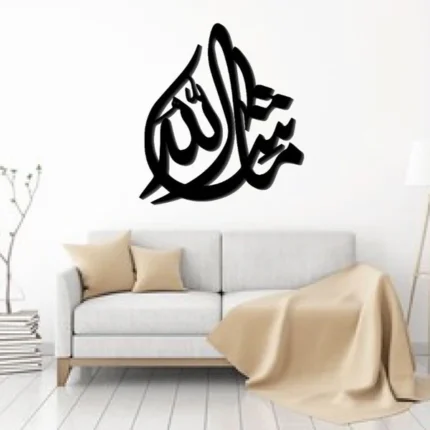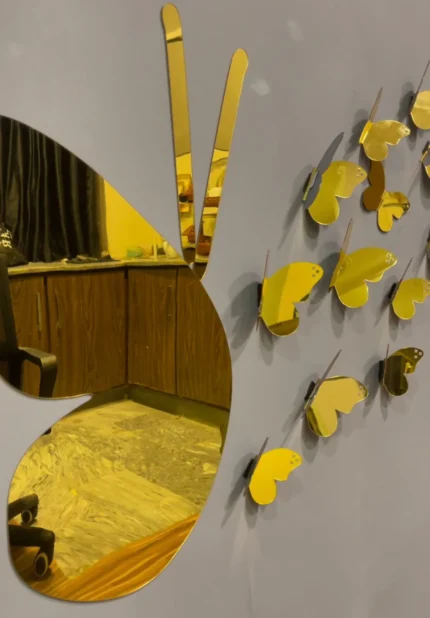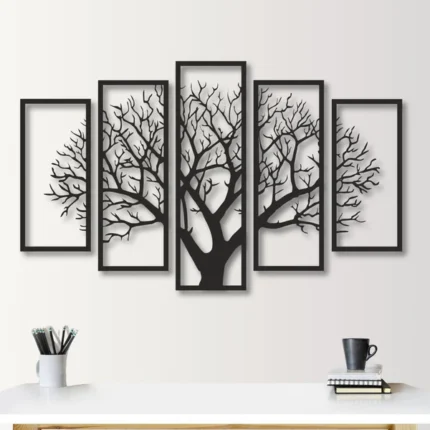Islamic calligraphy is a profound art form that embodies the spiritual and cultural values of the Islamic tradition. It often features verses from the Quran, Hadith, and other significant texts, rendered in beautiful and intricate scripts.
Key Styles:
- Naskh: A cursive style that is often used for writing books and texts due to its clarity.
- Thuluth: Known for its large and elegant letters, often used in architectural decoration.
- Diwani: Characterized by its flowing and decorative style, it was historically used in royal courts.
- Kufic: One of the oldest styles, it has angular forms and is often used in architectural inscriptions.
Cultural Significance:
- Spiritual Connection: Calligraphy serves as a means of expressing devotion, making the written word a form of worship.
- Cultural Heritage: It reflects the rich artistic traditions of different regions, from the Middle East to South Asia and beyond.
Techniques:
- Calligraphers use special tools like reed pens (qalam) and ink, often applying techniques passed down through generations.



















Reviews
There are no reviews yet.